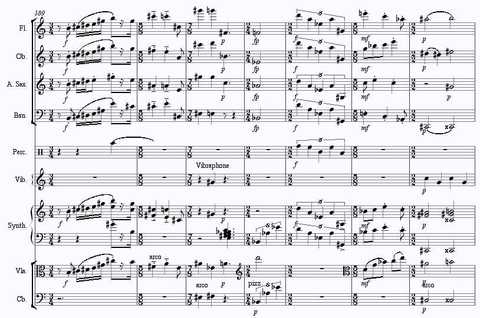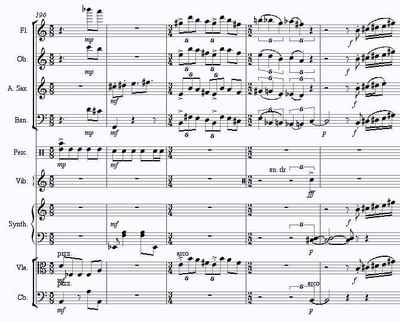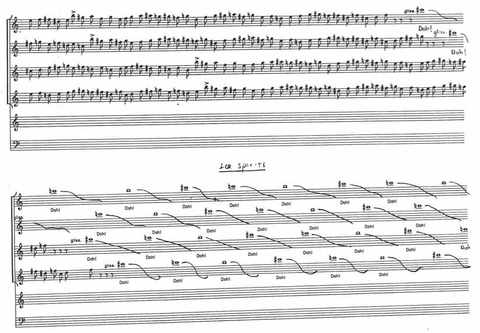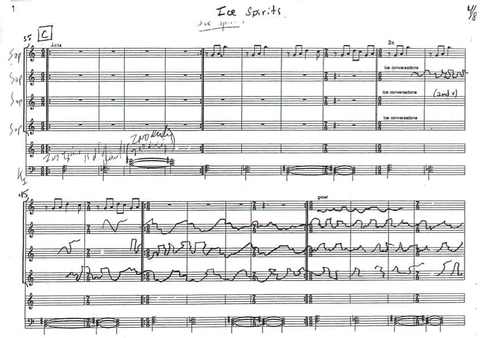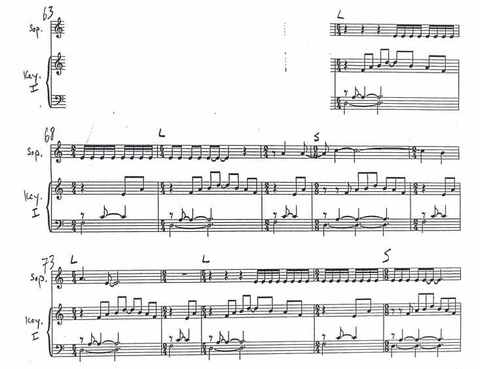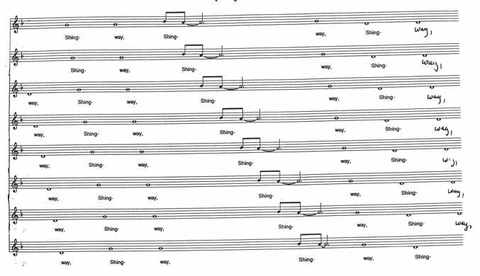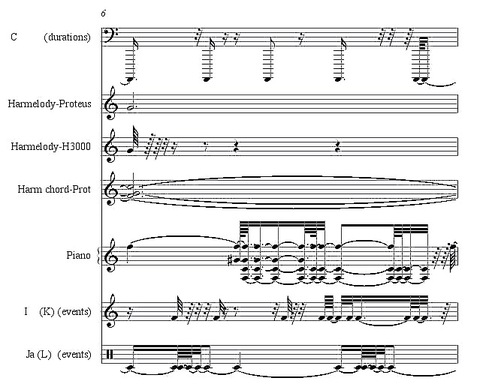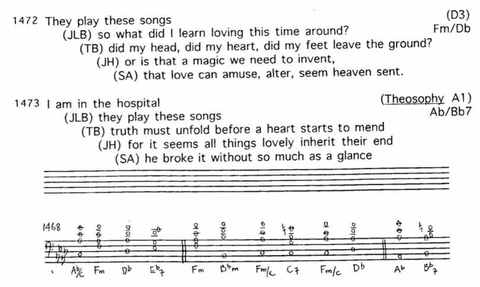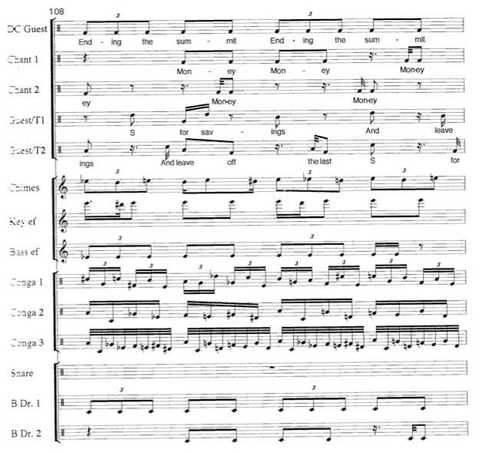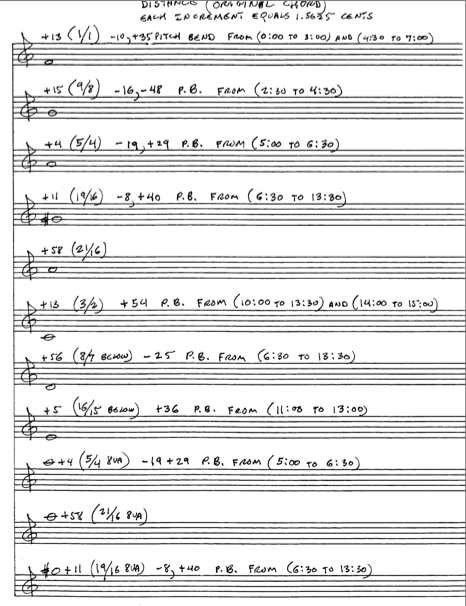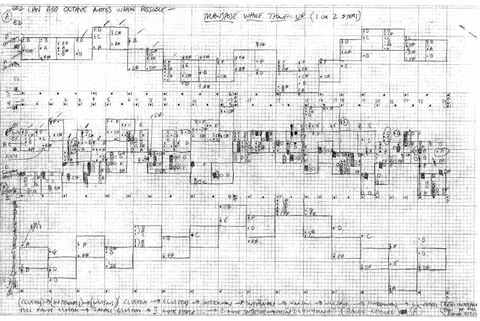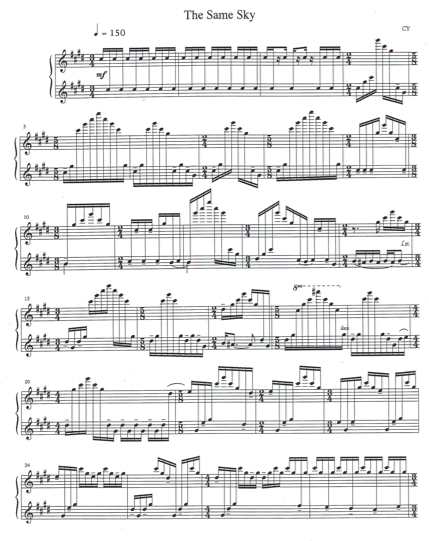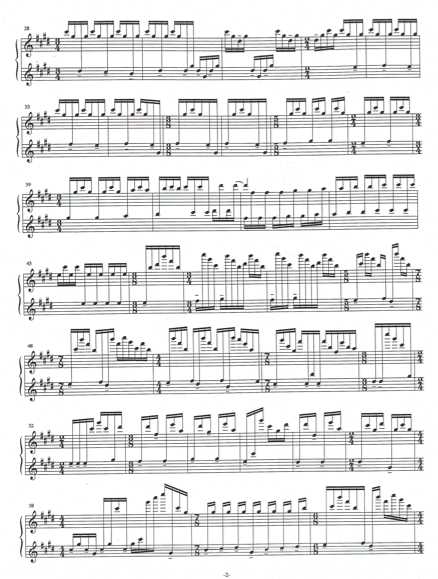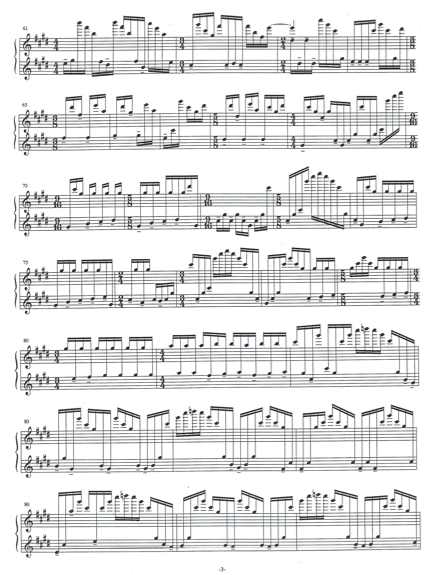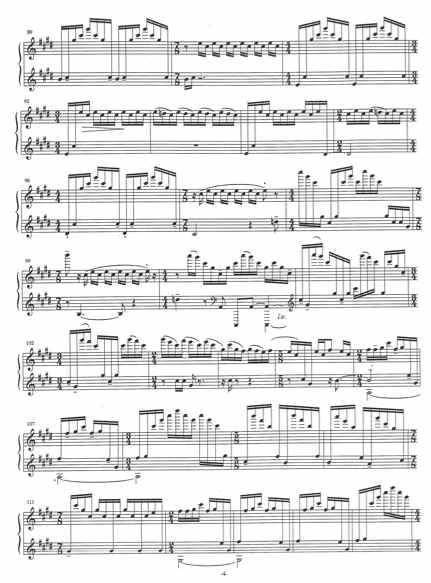 Two boxes of my book No Such Thing as Silence: John Cage’s 4’33” arrived this week, the first time I’ve had a book and CD come out the same week. (Today I also received an announcement that an Italian edition is under way.) And although Amazon still has the release date as March 23, I’ve already gotten a nice review from Publishers Weekly. Especially gratifying were these lines:Â Â
Two boxes of my book No Such Thing as Silence: John Cage’s 4’33” arrived this week, the first time I’ve had a book and CD come out the same week. (Today I also received an announcement that an Italian edition is under way.) And although Amazon still has the release date as March 23, I’ve already gotten a nice review from Publishers Weekly. Especially gratifying were these lines:Â Â
Following a biographical summary of Cage’s early musical development, Gann considers the various influences that got him thinking about “silence, meditation, and environmental sound,” from 20th-century composer Erik Satie back to the medieval mystic Meister Eckhart, moving on to a sensible reconstruction of the piece’s development–down to telling details like the fact that its length is roughly the same as the temporal space on a 12-inch 78 rpm record. [Thanks to my readers for that latter insight.] Though Gann clearly respects Cage and 4’33”, he doesn’t worship either blindly, and that critical appreciation makes his argument that this is a radical “act of listening,” not a provocative stunt, all the more compelling.

